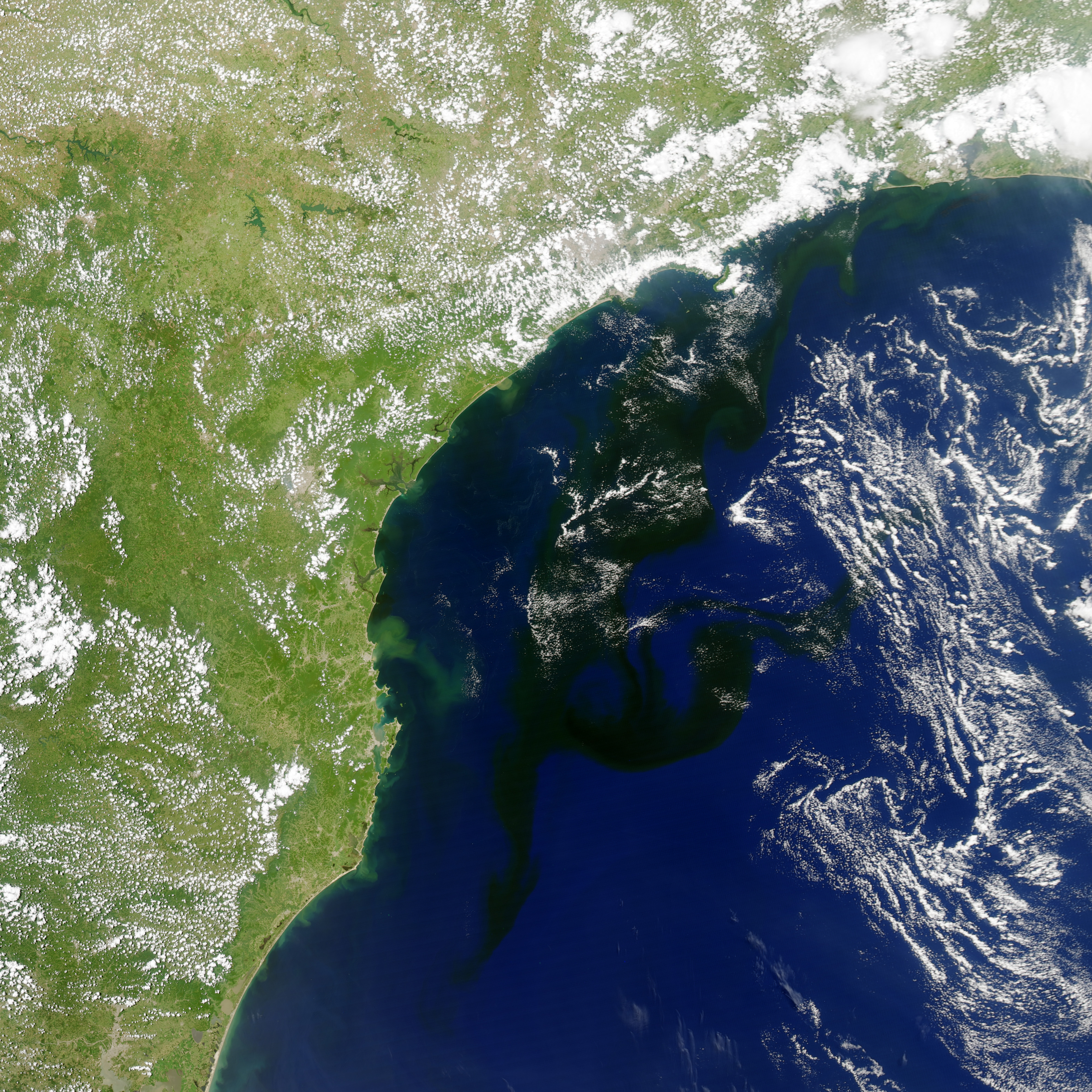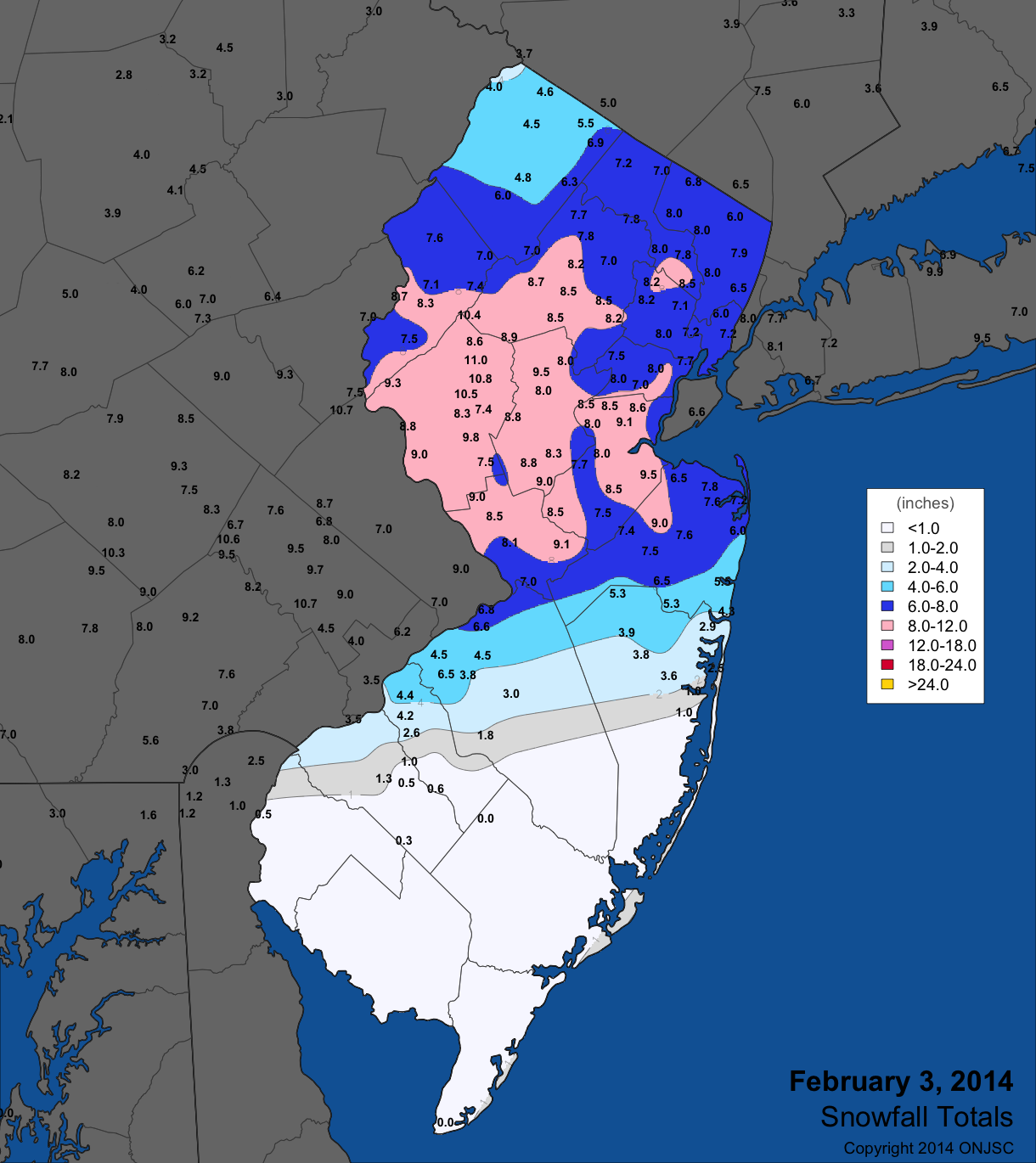It was an exciting week here at the Institute of Marine and Coastal Sciences because Sylvia Earle came to visit us to show support and help us celebrate our 10th Anniversary. Check out the write up on Sylvia’s Mission Blue page here.
As we begin to close the first wing, we have made some alterations to our planned sampling schematic:
Instead of flying the wind mill pattern as we had previously planned, we are now going to fly a fan pattern- going out and back to the starting point through the region of the eddy to our west. This we feel is a safer pattern as we won’t move ourselves any further away from Brazil than we have gone previously.
Antonio also pointed out that if we look at the time series plots of the mission, over the past couple days, at depth there is a signal showing warmer water at depth- could this be a sign of the eddies?
Looking at the break down of the currents, MyOcean now only has the eddy to our west well defined at the surface while at depth it becomes a general flux to the east. RTOFS however now has the two eddies to either side of us (east and west) well defined throughout the entire water column
Force Wind Sea & Honor





































